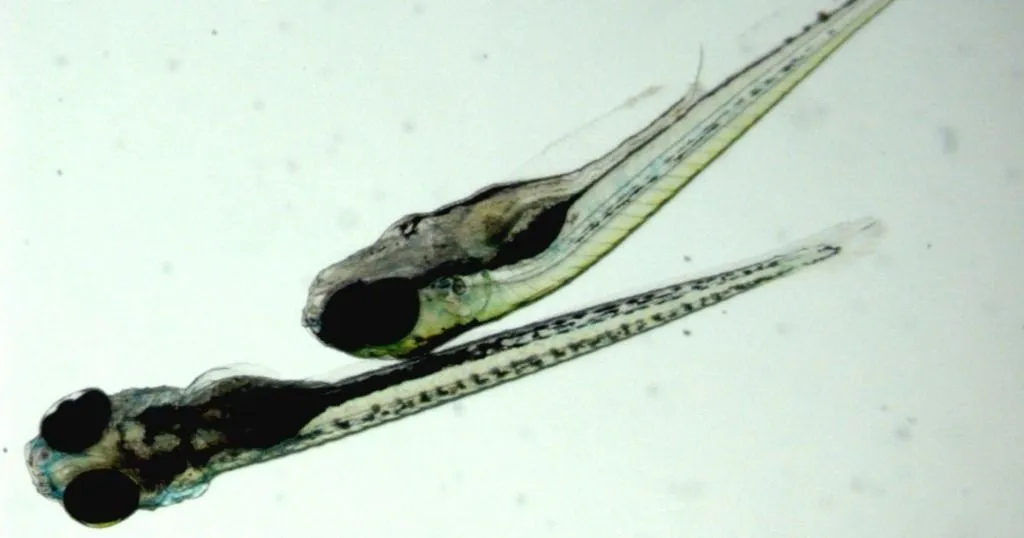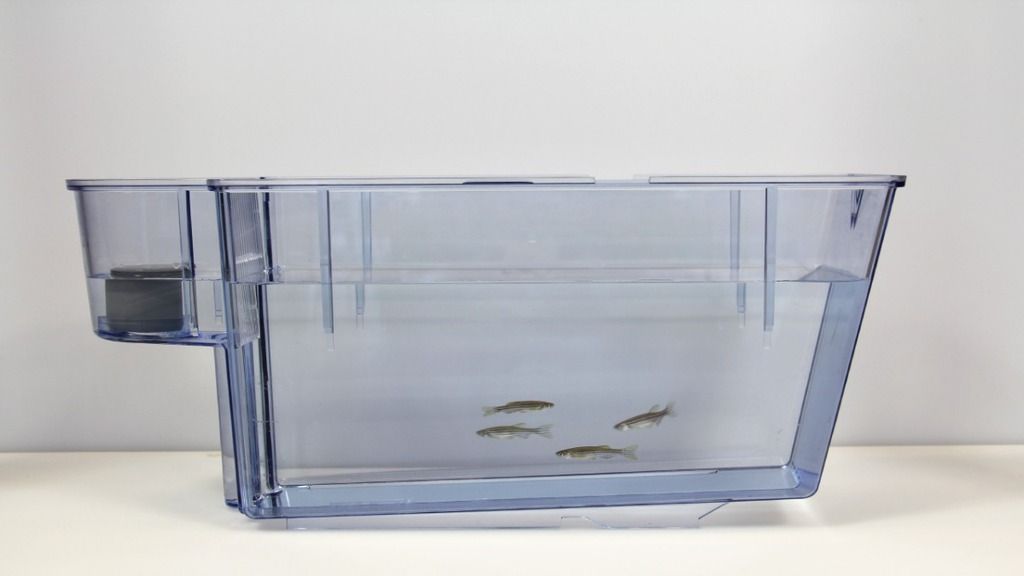Don’t dwell on it… dive into zebrafish research!
I recently wrote about other translations from rodent studies to zebrafish, such as the investigation of learning and memory and social behavior. Now it’s time to talk about anxiety and exploration.
Posted by
Published on
Thu 11 Oct. 2012
Topics
| Danio Rerio | EthoVision XT | Exploratory Behavior | Novel Tank Test | Open Field | Video Tracking | Zebrafish |
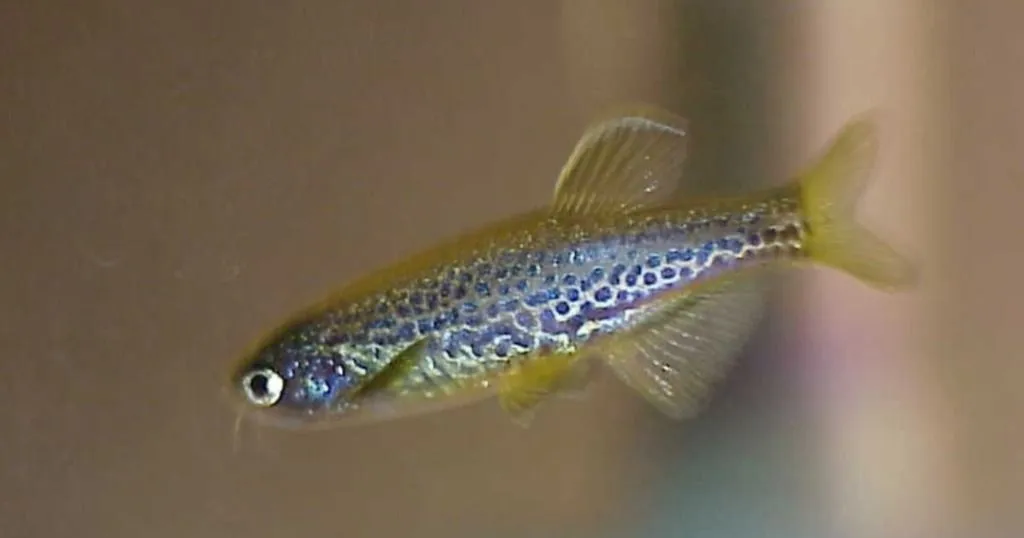
About the novel tank diving test and bottom dwelling in zebrafish research
I recently wrote about other translations from rodent studies to zebrafish, such as the investigation of learning and memory and social behavior. Now it’s time to talk about anxiety and exploration. In zebrafish research, the novel tank diving test and behavior known as bottom dwelling are ways to measure anxiety-related responses.
The importance of research on anxiety
We all know what anxiety is, and normally it is one of the ways your body helps keep you safe. But for some, anxiety is something that can deeply interfere with normal functioning. In fact, anxiety disorders are amongst the most common mental health problems, often with great costs to society.
Research on anxiety disorders can shed light on diagnosis, treatment, and prevention. It also helps discover possible genetic components and environmental factors that contribute to these disorders. Many paradigms for studies on rodents have been well validated in research, and now studies on zebrafish show promising results as well.
Neuroscience research
In neuroscience research, anxiety and curiosity are, in a way, seen as counterparts. Think of a plus maze – a rat or mouse showing anxious behavior stays in arms closed off by walls where it feels nice and protected. But as it becomes more curious, it will go and explore the open arm. The same holds true for the open field test. In a novel, open field, the rat or mouse is likely to show thigmotaxis: sticking to the walls. But as time progresses, or when animals are less anxious due to genetics or drugs, they’ll go and explore the center.
Anxiety and exploration in zebrafish
So how can we translate the novel open field study to zebrafish research? Well, that might be one of the easiest questions ever. A novel aquarium!
The novel tank diving test can indeed be seen as the equivalent of the novel open field, and behavior shown by zebrafish is similar to the typical behavior of a rat or mouse. That being said, zebrafish don’t stick to the sides of the aquarium, but rather, to the bottom. As time progresses, they gradually explore the top-most part of the aquarium.
What to measure in a novel tank test
This latency to cross to the top part of the aquarium is seen as an important parameter for anxious behavior, as is the relative amount of time spent in the top portion during the complete trial. Additional parameters include the number of transitions between the upper and lower half of the tank, distance swum, swim speed, number of freezing episodes, and erratic movements.
Why video tracking is useful
As you can see, this test is pretty straight-forward, but it can be even easier. With video tracking software, you can do this whole test automatically. You will still put the zebrafish in the tank yourself, but tracking its location, speed, distance swum can all be done for you!
All you need is a camera and tracking software. In the software you can define the video image: just draw an upper and lower half (or three horizontal zones, if you want some more detail). Then the software tracks your animal and automatically determines the values of the parameters you’ve chosen.
See it in action:
Or read more about how it is done in the white paper! (see below)
Changes in behavior
So your average zebrafish will dive right down to the bottom as soon as you release it in the novel tank. It might freeze for a while, then it will gradually start exploring. First the bottom half, then the top. If it stays near the bottom, this is referred to as bottom dwelling.
Of course, as zebrafish are highly sensitive to pharmacological manipulation, the effect of several drugs is subject of many studies. This research helps to determine the effectiveness of anxiolytics or the anxiolytic or anxiogenic side-effects of other drugs. To read more about different types of research, download the free white paper.
References
- Bencan, Z.; Damiyon, S.; Levin, E.D. (2009). Buspirone, chlordiazepoxide and diazepam effects in a zebrafish model of anxiety. Pharmacology, Biochemistry and Behavior, 94, 75-80.
- Cachat, J.; Stewart, A.; Utterback, E.; Hart, P.; Gaikwad, S.; Wong, K.; Kyzar, E.; Wu, N.; Kalueff, A.V. (2011). Three-dimensional neurophenotyping of adult zebrafish behavior. PLoS ONE, 6(3), e17597.
- Levin, E. (2011). Zebrafish assessment of cognitive improvement and anxiolysis: filling the gap between in vitro and rodent models for drug development. Reviews in the Neurosciences, 22(1), 75-84.
Related Posts
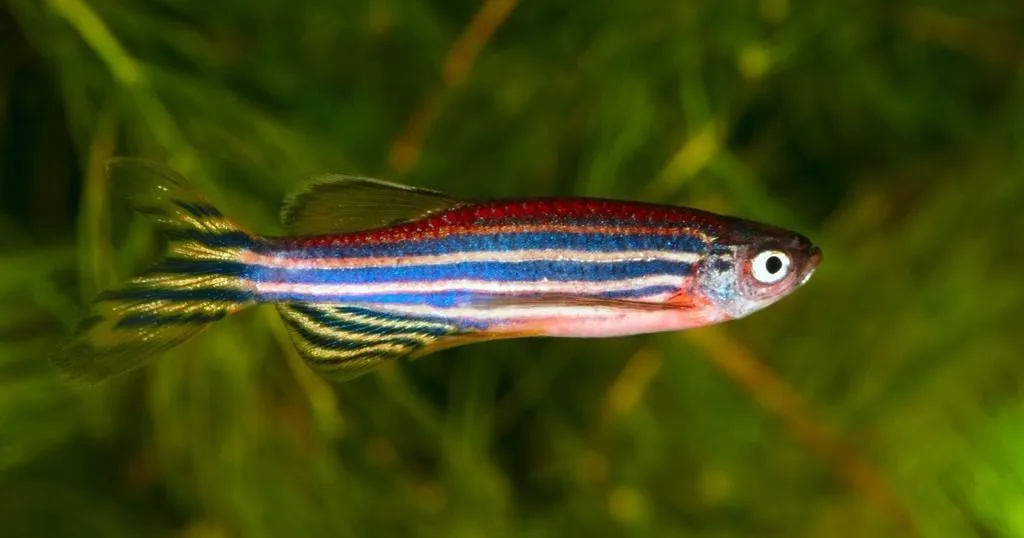
How young zebrafish cope with stress
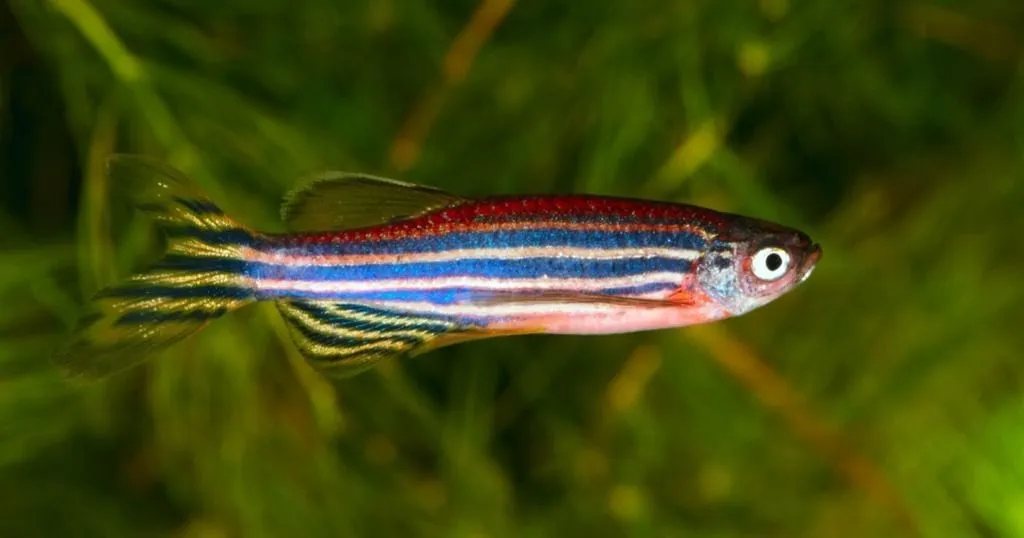
Toxicometabolism and behavior of zebrafish exposed to cannabinol
